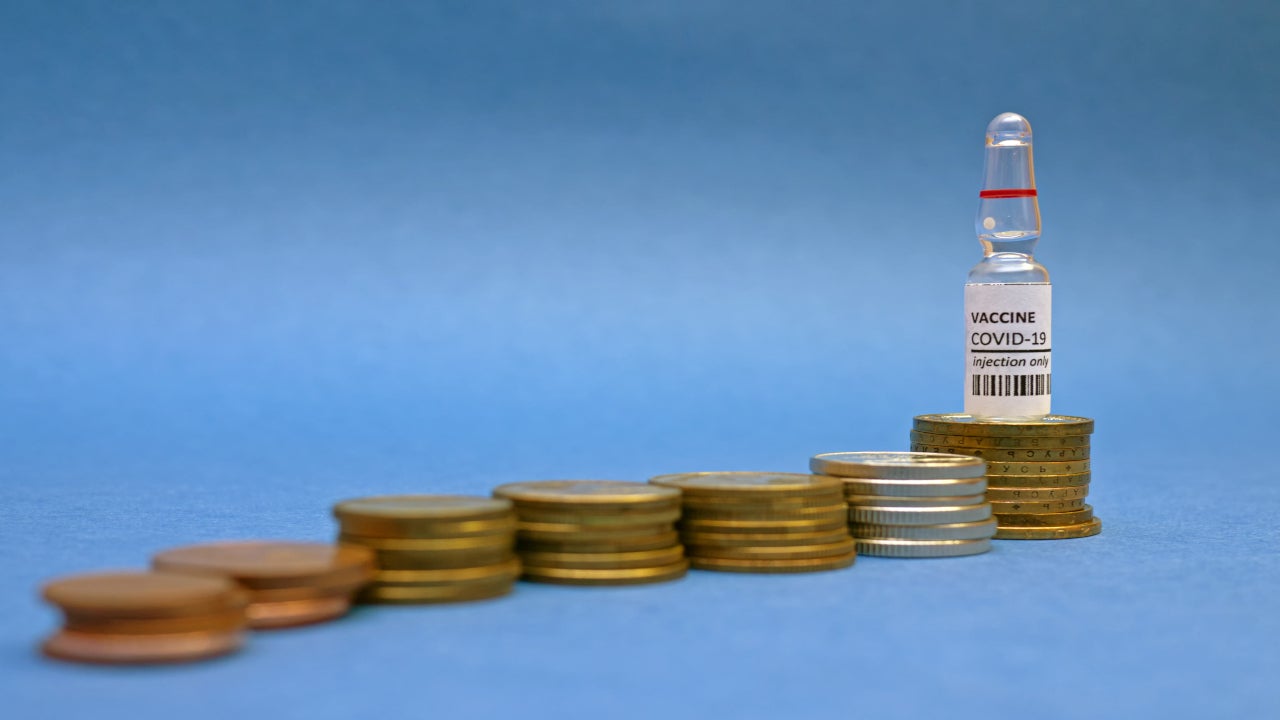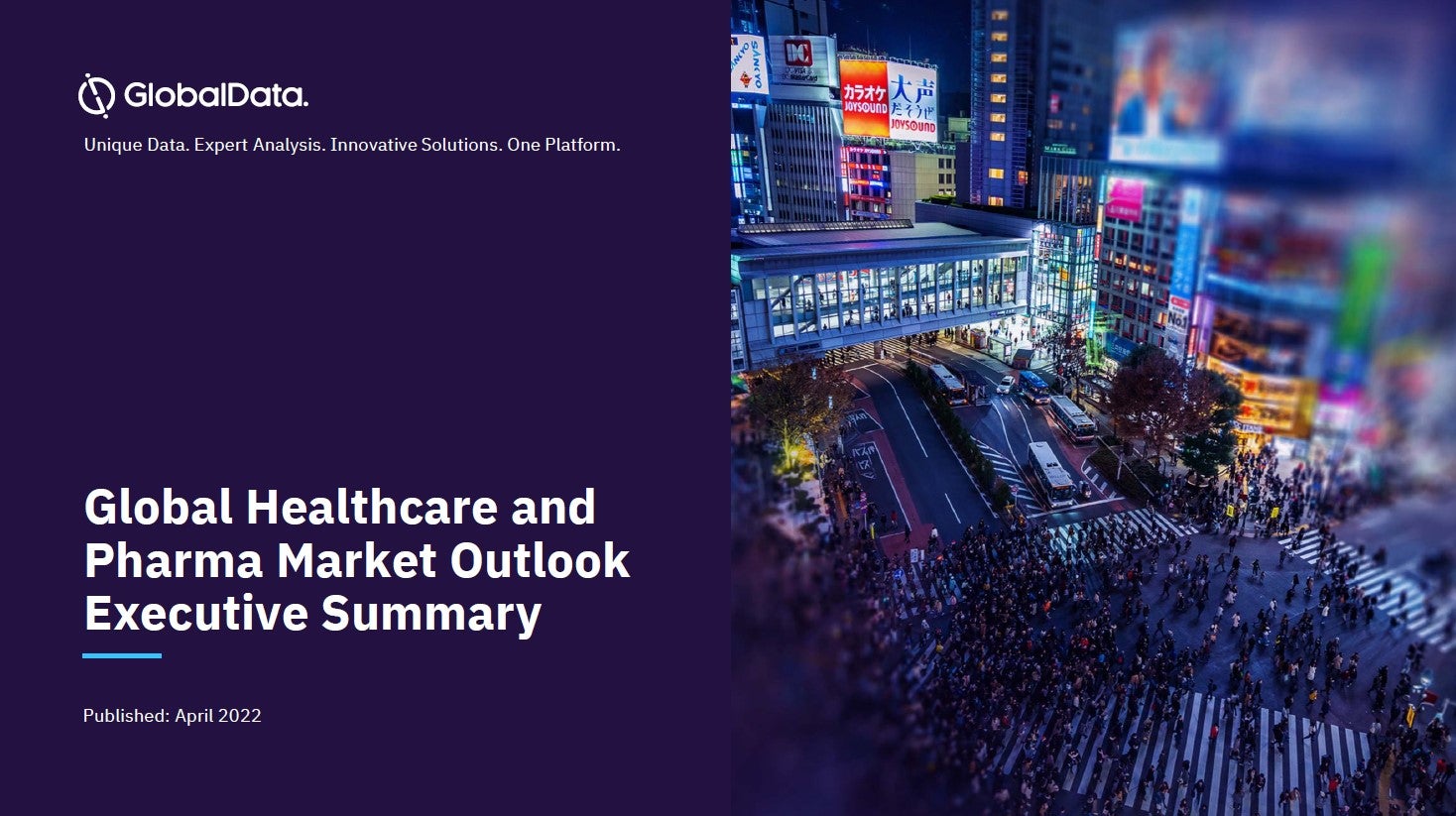Companies with authorised Covid-19 vaccines in the US are likely to launch renegotiated prices as soon as the fall, experts said. While it is possible they will succeed in upping the sticker price, there are significant obstacles in doing so, they noted.
While excess vaccine supply from the first set of contracts would factor into renegotiations, it is unlikely to have a significant impact on the price for vaccines to be supplied after existing orders are met, experts said. Yet, touting the need for boosters, specifically variant-of-concern–specific reiterations, and the perception of being out of the pandemic could bolster arguments for higher prices. But this also comes with caveats on whether the boosters are the original or tweaked versions. Manufacturers could seek a 300–400% price increase for additional vaccine doses, some experts noted.
How well do you really know your competitors?
Access the most comprehensive Company Profiles on the market, powered by GlobalData. Save hours of research. Gain competitive edge.

Thank you!
Your download email will arrive shortly
Not ready to buy yet? Download a free sample
We are confident about the unique quality of our Company Profiles. However, we want you to make the most beneficial decision for your business, so we offer a free sample that you can download by submitting the below form
By GlobalDataYet, public pressure will go some way toward keeping vaccine prices as low as possible, despite the high economic value of Covid-19 vaccines and the public not wanting to fall back into a lockdown. If the US federal government stays on as the single payer, this would keep prices low, experts said. Alternatively, future purchases reverting to traditional reimbursement models is where companies are more likely to draw a higher price but would still face public pressure, they added.
If it is established boosters are required annually, then the transition to the traditional model is more likely, noted Edward Dougherty, a principal at his eponymous Washington, DC-based healthcare consulting firm. Johnson & Johnson’s JNJ-78436735, Moderna’s mRNA-1273 and Pfizer /BioNTech’s Comirnaty (BNT162b2) are the three vaccines authorised in the US. Johnson & Johnson (J&J) has a $429.24bn market cap, while Moderna’s is $73.31bn, Pfizer’s is $214.51bn and BioNTech’s is $41.75bn.
These companies have indicated plans to raise their vaccine prices in the future, particularly in a postpandemic pricing environment. A Pfizer spokesperson told this news service that until there is data relating to the third dose of Comirnaty, reduction in SARS-CoV-2 circulation and Covid-19 disease, the company would not speculate on contracts or pricing decisions. Moderna and J&J did not respond to a comment request.
Excess supplies unlikely to hinder new prices kicking in soon
One possible marker for new pricing is when the US’ pre-existing vaccine orders have been fulfilled, Dougherty noted. J&J is to deliver 100 million doses by the end of June. The one-dose regimen is currently in use. By the end of July, Moderna and Pfizer/BioNTech are contracted to deliver 300 million doses for their two-dose vaccines.
In the 16 years and over age group, which is authorised for vaccination in the US, there are 267 million people, according to the US Census Bureau’s estimates. On 9 April, Pfizer/BioNTech requested authorisation in 12–15-year-olds, which would cover an additional 16.8 million people.
It is also possible that new pricing would be enforced once a significant number of the population has been fully vaccinated, noted Anirban Basu, PhD, professor of Health Economics, University of Washington School of Pharmacy, Seattle. Dr Anthony Fauci, director of NIH’s National Institute of Allergy and Infectious Diseases, has said that 70–85% of the population—roughly 232.8 million to 282.7 million—would need to be vaccinated to potentially reach herd immunity, though cautioned against putting too much weight on this benchmark. As of 26 April, the Centres for Disease Control and Prevention website states 28.9% (95.9 million) of the population is fully vaccinated and 42.5% (141 million) received at least one dose.
There will likely be extra doses from the first wave of vaccine purchases, as there will be pockets of people who choose not to be vaccinated, Dougherty said. There has been a downward trend in daily vaccinations since 16 April, according to Our World in Data. Some 15.6% of adults are hesitant to receive a Covid-19 vaccine, per the US Census website.
Available extra doses can make additional purchases of the same vaccine unlikely or would be a reason to push prices down, Dougherty noted. Yet, it is unlikely that manufacturers would adjust their pricing because of excess stock, said Dougherty and Martin Andersen, PhD, assistant professor, Bryan School of Business and Economics, University of North Carolina, Greensboro. Additional orders would be negotiated independent of available supply, as they would be considered a different product, Andersen explained.
Additionally, a vaccine shortage is still possible if the leftover stock has expired, said Dougherty and Loren Becker, associate principal, vaccine policy and market access, Avalere Health, Washington, DC. Pfizer/BioNTech’s and Moderna’s vaccines can be stored for six months and J&J’s for two years.
Renegotiated pricing could also start when additional orders are made for boosters, Basu and Dougherty said. This metric, though, hinges on booster type—the original vaccine or a second-generation shot geared for variants of concern, added Becker. It could be argued that if first-generation vaccines are used as boosters, then the country is technically not yet out of the pandemic, she noted.
In fact, pricing renegotiations may not happen at all and existing contracts could be extended, with the federal government staying on as the single payer, Becker and Dougherty added. The government is unlikely to order the same amount as initial contracts because those orders were made when it was unclear which vaccines would work, Doughty explained. Though, stockpiling purchases may make up for smaller orders for the public, he noted.
Variant-targeted boosters have best chance of winning higher price
Assuming already purchased vaccines have been used or if they have expired, booster orders could command a higher price, said Andersen. There is heightened awareness of the economic value of Covid-19 vaccines, and the public does not want to go back into lockdowns, Basu agreed. And, as seen in the insulin market, once one company increases its price, the rest are likely to follow, Andersen added.
It is possible that manufacturers could seek a 300–400% price increase for additional vaccine doses, Dougherty said. A possible benchmark could be influenza vaccines, noted David Ridley, faculty director, Health Sector Management, Fuqua School of Business, Duke University, Durham, North Carolina. Anderson agreed, noting influenza vaccines have a $60 base price. Although, it would not be surprising if Covid-19 vaccines cost higher, even reaching $100, Anderson added. Pfizer/BioNTech’s and Moderna’s vaccine regimens cost $39 and $32, respectively, and J&J’s costs $10.
A booster with modifications that target variants of concern may push for an even higher price, Becker and Dougherty added. Pfizer/BioNTech and Moderna are investigating both a third dose of their original vaccine as a booster and a booster designed against the B.1.351 variant, first detected in South Africa.
If there is any data arguing that people stick to the booster developed by the manufacturer of their first vaccination round, this could be another reason to push prices higher, Andersen said. This would be a setback for vaccines that were not used in the first wave, he added. University of Oxford/AstraZeneca’s Vaxzevria (AZD1222), despite having US-based Phase III data, is yet to file for authorisation.
J&J’s vaccine, which was launched two months after Moderna’s and Pfizer/BioNTech’s and was recently put on a two-week pause, may have a pricing advantage. J&J’s one-dose vaccine could argue for the same price as a double-dose product, Andersen said.
Payer considerations, public pressure expected to keep pricing in check
Manufacturers are more likely to secure a higher price for their vaccine if future orders are made via the traditional reimbursement models. If the federal government stays on as a single buyer, downward pricing pressure is more significant compared to negotiating with private payers and Medicare or Medicaid, Dougherty said. The US government is likely to maintain bulk purchasing for children, Andersen added.
Even with typical reimbursement channels, though, there will be downward pricing pressure, Andersen said. Pharmacy benefit managers will likely negotiate to keep prices low, particularly since there will be multiple brands, Dougherty added. In fact, lower-priced vaccines could be promoted in formularies, he noted. For most people, an out-of-pocket cost is unlikely, as Covid-19 vaccines offer an essential health benefit (EHB) under the Affordable Care Act (ACA), Andersen and Basu explained.
The transition from an Emergency Use Authorisation to full approval could be another potential marker for price change timelines, Andersen noted. Yet, having full approval is unlikely to be sufficient leverage, as all authorised vaccines are likely to chase this designation to maintain longer-term use, Dougherty said. Moderna and Pfizer have expressed plans to secure full approval in the US.
Manufacturers would also likely argue for a higher price based on efficacy data supporting their vaccines’ value, Dougherty said. However, in a commercial market, it is unclear if efficacy and safety differentiators would sway payers, Becker noted. Also, mRNA vaccines are already about $20 more expensive than adenovirus-vectored vaccines, she added. But heightened public perception that adenovirus-vectored vaccines such as J&J’s are less safe could be an argument for a higher price for Moderna’s and Pfizer/BioNTech’s mRNA vaccines, Basu explained.
Indeed, heightened public awareness will push prices as low as possible, Andersen said. An increasing number of states publicly disclose vaccine prices, Dougherty noted.
An alternative reimbursement model is that each state could opt into a subscription model, Basu said. States would pay a lump sum to the manufacturer to deliver a specific number of vaccines. But this model may not happen with Covid-19 vaccines, because the demand is predictable and price is not astronomical, Andersen noted. Louisiana has a subscription-based model for hepatitis C virus drugs, but it works because these drugs are expensive and the cost is spread over time, he explained.
Reynald Castaneda is an Associate Editor for Clinical Trials Arena parent company GlobalData’s investigative journalism team. A version of this article originally appeared on the Insights module of GlobalData’s Pharmaceutical Intelligence Center. To access more articles like this, visit GlobalData.










Related Company Profiles
Pfizer Inc
Johnson & Johnson
Moderna Inc
BioNTech SE